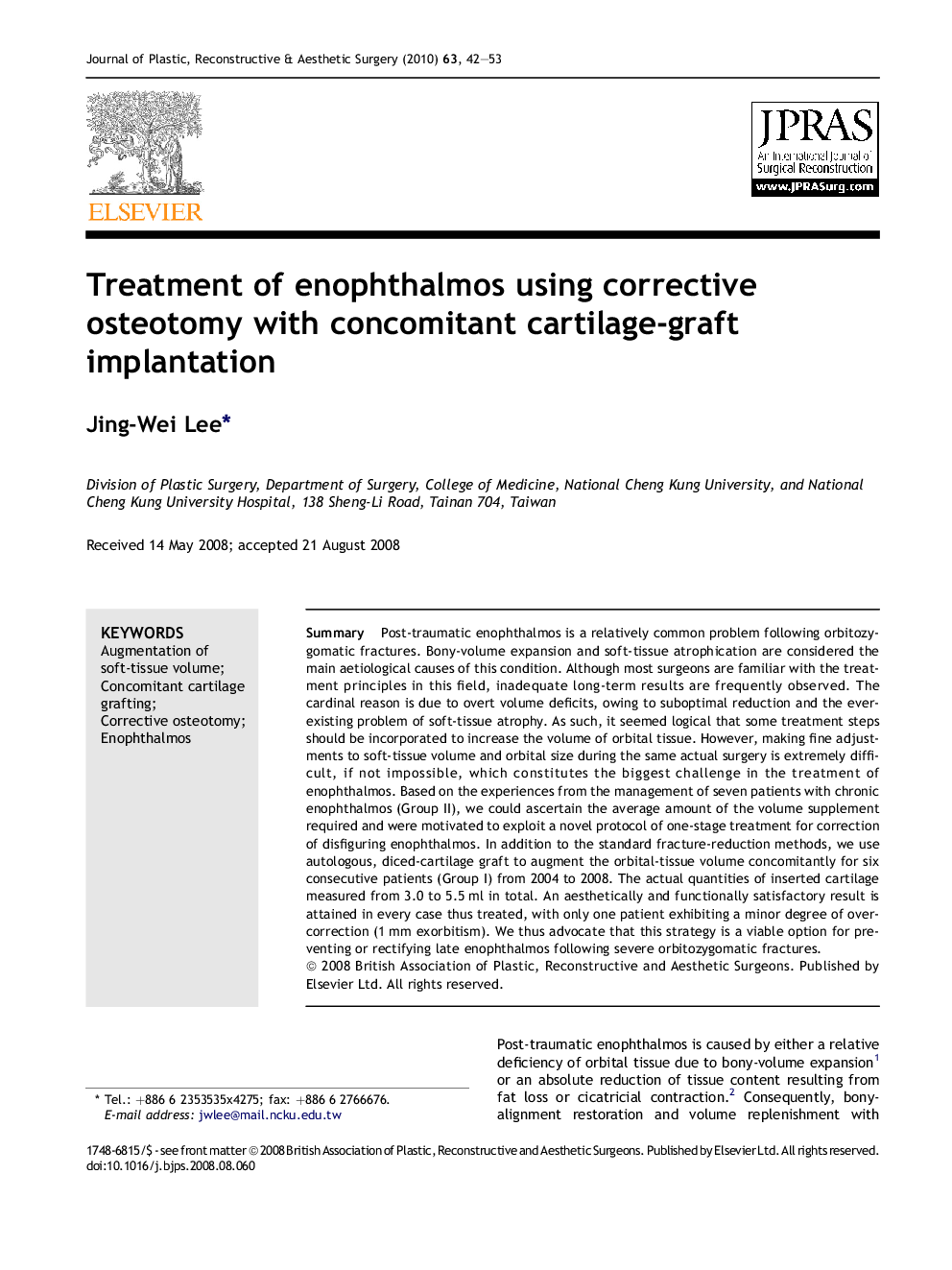| Article ID | Journal | Published Year | Pages | File Type |
|---|---|---|---|---|
| 4121304 | Journal of Plastic, Reconstructive & Aesthetic Surgery | 2010 | 12 Pages |
Abstract
Post-traumatic enophthalmos is a relatively common problem following orbitozygomatic fractures. Bony-volume expansion and soft-tissue atrophication are considered the main aetiological causes of this condition. Although most surgeons are familiar with the treatment principles in this field, inadequate long-term results are frequently observed. The cardinal reason is due to overt volume deficits, owing to suboptimal reduction and the ever-existing problem of soft-tissue atrophy. As such, it seemed logical that some treatment steps should be incorporated to increase the volume of orbital tissue. However, making fine adjustments to soft-tissue volume and orbital size during the same actual surgery is extremely difficult, if not impossible, which constitutes the biggest challenge in the treatment of enophthalmos. Based on the experiences from the management of seven patients with chronic enophthalmos (Group II), we could ascertain the average amount of the volume supplement required and were motivated to exploit a novel protocol of one-stage treatment for correction of disfiguring enophthalmos. In addition to the standard fracture-reduction methods, we use autologous, diced-cartilage graft to augment the orbital-tissue volume concomitantly for six consecutive patients (Group I) from 2004 to 2008. The actual quantities of inserted cartilage measured from 3.0 to 5.5Â ml in total. An aesthetically and functionally satisfactory result is attained in every case thus treated, with only one patient exhibiting a minor degree of overcorrection (1Â mm exorbitism). We thus advocate that this strategy is a viable option for preventing or rectifying late enophthalmos following severe orbitozygomatic fractures.
Keywords
Related Topics
Health Sciences
Medicine and Dentistry
Otorhinolaryngology and Facial Plastic Surgery
Authors
Jing-Wei Lee,
